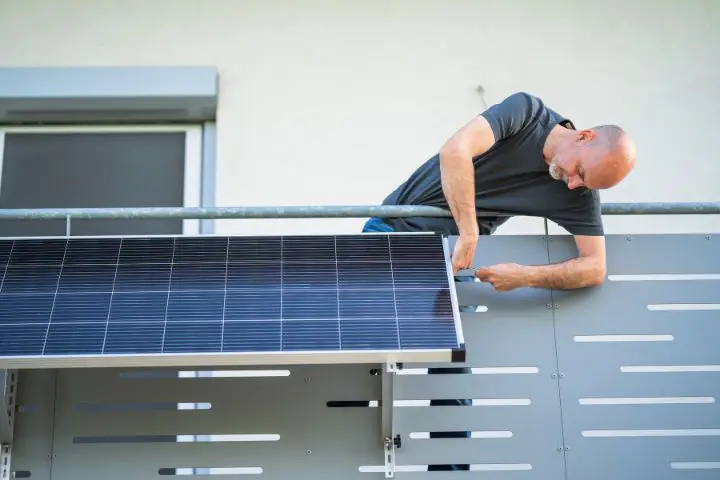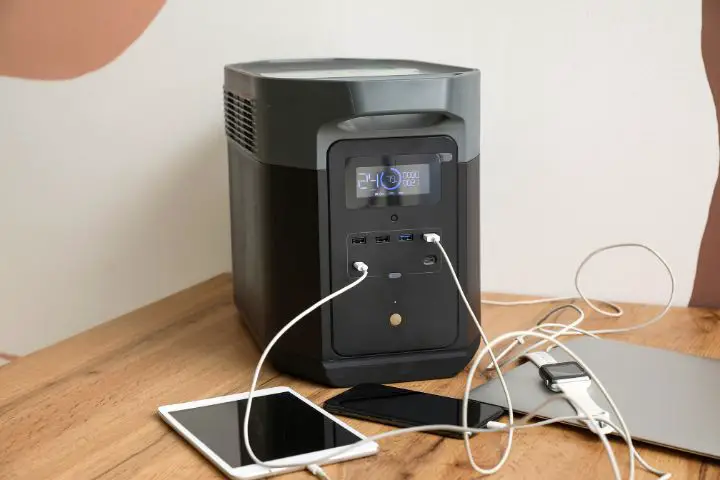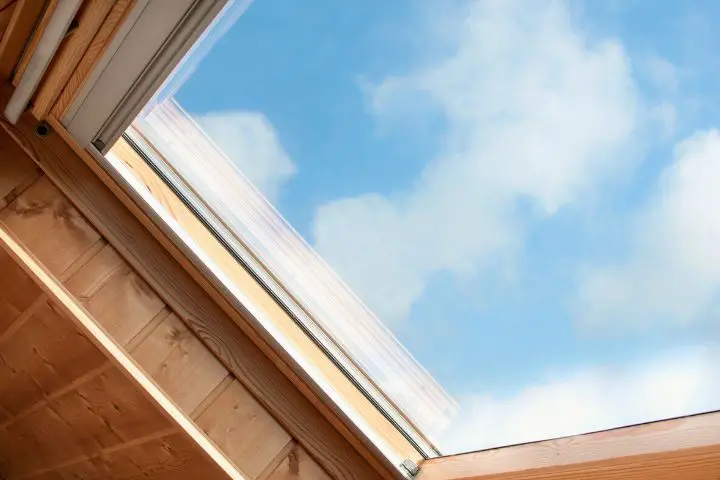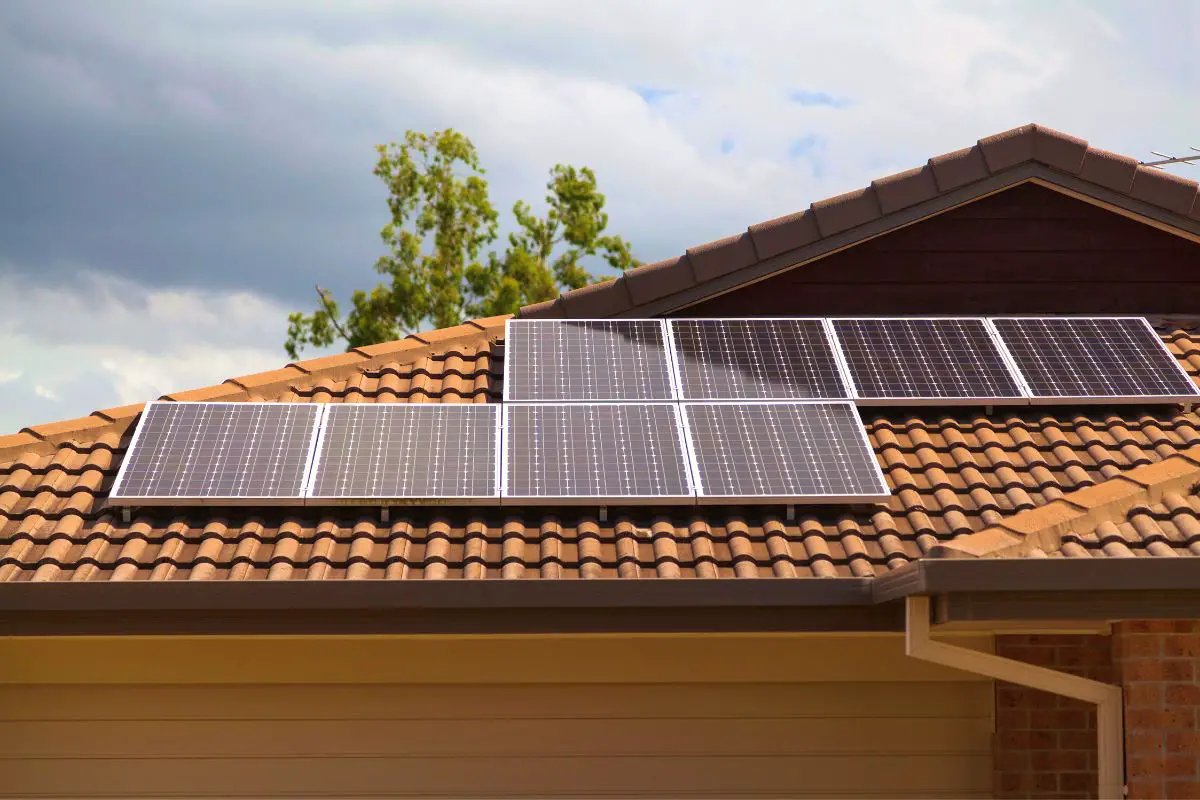Solar Power for Apartments: 2 Options You Can Try (+ 2 You Can’t Yet)
What’s the first image that comes to your mind when you think of a set of residential solar panels? Chances are it’s a rooftop.
But what about those who live in an apartment with shared roof access? Besides, there are plenty of renters who have no access to the roof or backyard of a property.
In most cities around the globe, condos and apartments are mass consumers of electricity. That makes using solar power in apartments a necessity to tone down on carbon footprint and save money.
Let’s assume that joining a community solar project is not an option for you. Neither can you convince your not-so-friendly landlord about installing solar panels on the roof. The only feasible option in such cases is installing solar panels on the apartment balcony.
In this article, we’ll discuss possible options for using solar panels in apartments and condos.
Where & How Can I Install Solar Panels in an Apartment?
Ideally, you can choose a condo or apartment that has solar power solutions integrated into it. For example, solar panels can be set up on rooftops, common areas, and facades.
If that’s not an option, you can install solar panels on an apartment balcony as long as it receives sufficient sunlight. However, powering the entire apartment by using solar power only may not be possible.
Still, if you want to go green as much as your budget allows, there are some condo-friendly solar panels on the market. Beyond that, there are a few other interesting innovations that you can check out.
1. Plug-in Balcony Solar Modules

A plug-in solar panel or a solar kit is one of the easiest options for generating solar power in an apartment. As the name suggests, these units are easy to set up. All you need to do is mount the panels where it’s sunny, plug them into a wall outlet, and start using them.
And the best part is, they are cheap.
Usually, such a system is a combination of two solar panels and a microinverter that converts the generated DC current to the AC that you use in the home. The inverters have an auto-safety shutoff feature to prevent unwanted power flow in case of a voltage drop. These units are not hard-wired into your home circuit like a conventional system.
Note, however, that in case the peak output of the panel is higher than what the outlet can handle, there can be a fire hazard. So you should connect a plug-in solar array to a dedicated circuit. It’s best to hire a licensed electrician to do a checkup and make sure your unit won’t give you headaches or worse.
But, as with everything, there’s a catch.
While such panels are very popular and widespread in countries such as Germany, they aren’t legal everywhere in the US. So check the local utility codes or solar regulations. In some areas, you can take advantage of incentives like state renewable energy certificates (SRECs).
A two-panel system is not compact and will take up space inside a small apartment. And there’s always the risk of tripping on the wires or bumping into the panels. If you are planning to set up the panel permanently on the balcony parapet, make sure that the balcony can support the extra load. Mount the panels properly by using brackets so that they can withstand wind loads. You may need custom-made supports for larger panels.
But if you’re thinking about saving money with a plug-in balcony solar panel kit, the numbers are not so encouraging. In other words, the larger the system size, the more cost savings you get. The average capacity of a single panel is between 250 to 400 watts.

A panel rated 300 W and receiving 5 hours of sunlight per day will generate 1.5 kilowatt hours per day. For a two-panel system, it amounts to around 1000 kilowatt hours of energy in a year. According to a recent study, the average annual electricity consumption in the US is 10,632 kilowatt-hours (kWh).
You may argue that the consumption will be less for small apartments. And you’d be right.
Even so, a plug-in system with one or two panels will generate just a small fraction of your annual power requirements. In reality, you will need an array of panels generating around 4-5 kW to make a big difference. However, with rising power costs, a little can become a lot over the years.
The other option is to use solar modules with multiple panels that can be clipped onto balcony railings. These can generate as much as 600 Watts. One of the companies that manufacture such modules, We Do Solar, claims that its balcony module can result in 25% savings in annual power costs. Interestingly, the weight of these modules is just 1 kg.
According to users, the actual savings are around 15%. In the best case scenario, a solar panel on the balcony will pay for itself within 5 to 6 years. Make sure to keep the panel inclination close to or equal to the latitude of your location.
2. Solar Blinds & Shades
You may not have a roof for installing solar panels, but you surely have windows. Imagine the window on your south-facing wall turning into a solar power generator. Sounds like an exciting window of opportunity for sure!
For example, you can use retractable façade blinds made of solar panels that can operate within a temperature range of -20°C to 60°C. The high-quality solar panels can generate up to 100 watts per hour per square meter of blind. The panels have an efficiency of around 22-23% and a lifespan of 25 years.
The point is, the vertical orientation of the window may not allow maximum exposure to the sun. To solve the issue, SolarGaps, the manufacturer of these blinds, is connecting the panels with an electric motor. The motor allows the panels to track the sun and change their angle to maximize electricity generation.

The system can be connected to the grid or a battery through an inverter. You can operate the blinds through a smartphone app and integrate them with Alexa and Google Assistant. Make sure to install these blinds on the outside of your windows. However, that raises issues related to cable connections and wind effects.
Yevgen Erik, the CEO of SolarGaps, came upon the idea while working on smart home projects. He points out that the blinds also provide active shading that reduces electricity consumption during the hot summers.
“Can you imagine how many billions of city residents we may empower by making them happy energy producers? Currently, those billions do not have an opportunity to be involved in solar energy generation, because they live in apartments with no access to the roof to install solar panels,” says Erik.
3. Portable Balcony Power Station
In recent years, plug-and-play solar storage devices have become a popular choice as apartment solar systems. There are quite a few brands that offer these systems of varying capacities. If you already own a portable solar panel or power bank, great! If not, there are a few products that are worth a closer look.
One of the companies that dabble in these power stations is EcoFlow. Their solar storage modules are available in multiple capacities and each one comes with a storage battery. In case of emergencies and blackouts, the device can help you keep running smartphones and critical devices like CPAP machines.
The EcoFlow DELTA Max unit can be charged from a wall outlet, or you can use both AC and solar charging. The company claims that the maximum annual solar power generating capacity is 1,039 kWh.
Moreover, you can use the EcoFlow app to direct the power to run any particular device of your choice. And it purportedly also has the power to run high-demand appliances like refrigerators and toasters.

But if you want to try these out, you might have to wait. Ecoflow products are available in the UK and other European countries. US availability is not confirmed yet.
But EcoFlow is not the only player in the plug-and-play solar storage system market. Zendure offers the SuperBase M solar generator that can be coupled with 100W or 200W solar panels. And the best part is, the device can connect with other existing balcony solar panels on the market.
You can easily use the Superbase M to power a laptop and a couple of smartphones for 8-10 hours. Besides, it is compact, lightweight, and rugged enough for outdoor use.
4. Solar Window Panels
A company called Ubiquitous Energy has raised millions of dollars to develop power-generating see-through solar window panels that can replace traditional ones.
The technology was first developed at MIT and the company worked on it to make further improvements. A large volume of research has been made to develop special organic semiconductor materials by using quantum chemical calculations.
In simple terms, the company plans to use proprietary materials that allow visible light to pass into a room. The electricity gets generated from the invisible ultraviolet and infrared light. In addition, the material will also be truly transparent to make it look similar to glass so your place doesn’t look and feel like a sealed cage in the outer space.
But there’s more to this tech than just turning your windows into solar powerhouses. With this cutting-edge technology, they’ll hopefully be able to transform commercial structures like skyscrapers into “vertical solar farms.” However, the home residential market is one of their prime targets.
That said, you will have to wait a few more months to get your hands on such a window. The company plans to hit the manufacturing button in 2024. So far, a dozen pilot installations have been completed, including one at Michigan State University.
Besides, the company is not drawing the line with windows. In an interview with CNBC, CEO Susan Stone announced: “We have amazing applications in all kinds of industries, like consumer electronics, like automobiles, and even agriculture. So we’re not stopping at windows.”

On the downside, the generating efficiency is not as high as in traditional solar panels. Moreover, these power windows will cost 30 to 40% more than traditional “passive” glass. Whether the initial investment is worth the savings in power bills is a calculation that we need to do in the future.
Balcony Solar Panels: Pros and Cons
Like everything else, balcony solar panels have pros and cons. It is for you to decide if the cons outweigh the pros in your case.
Pros
- Balcony solar panels can be installed easily on your own without any support from professional installers.
- The portable device can be carried along when you move out of the apartment.
- They are cheaper and do not need a large initial investment.
- The setup will lower your carbon footprint and can act as an additional power source during peak demand periods.
Cons
- The space limitations on the balcony do not allow a high number of panels.
- They are not the ideal choice for shaded balconies or balconies not receiving sufficient sunlight. If you live on a lower level with taller buildings around, the balcony may not receive much direct sunlight.
- Adjusting the tilt of a panel located on the balcony is much easier. Similarly, cleaning the dust off such panels can be done on a regular basis.
- Since the power generation is on the lower side, the payback period is much longer than rooftop setups.
- Some panels are large and heavy, which makes it difficult to move them around.
Final Thoughts

Installing solar panels on a balcony gives you the ability to harness solar energy even without a private roof and a big budget. Besides, they allow you to make a contribution, however small, towards protecting the environment. In fact, this has developed a strong sense of community among the users of balcony solar modules in many countries.
That brings us to the question: are balcony solar panels worth it?
Not if you are looking to power your entire home. But if your balcony receives abundant sunlight, installing efficient balcony solar panels is a practical decision for powering small devices. And in the long run, the module will help you to offset the energy costs.
Trust me. Enjoying the benefits of renewable energy has never been easier.






